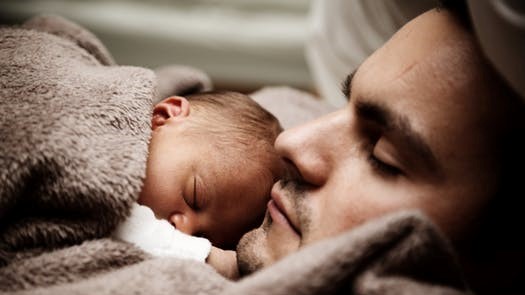
Our Impressive Skeleton
The human skeleton is an interesting and complex structure. It's more than just a scaffolding for our body or a structure that enables us to move. The bones that make up the skeleton are made of living tissue that has vital functions.
In addition to supporting the body and allowing it to move, the skeleton protects organs, makes blood cells, and stores fat and minerals. Bones release minerals into the bloodstream and absorb them from the blood as needed. In addition, researchers are discovering that the skeleton makes chemicals that trigger effects not only in the bones but also in other parts of the body.
there are two divisions of the skeleton—the axial skeleton and the appendicular skeleton. The axial skeleton is located in the midline of the body and is composed of the skull, the vertebral column or backbone, the sternum or breast bone, and the ribs. It also includes smaller bones which aren't connected to the rest of the axial skeleton. These are the hyoid bone in the neck and the ossicles in the middle ears.
The appendicular skeleton is made of the limbs and their associated bones. It includes the bones of the hands, arms, feet, and legs as well as the pelvic bones, the scapula or shoulder blade, and the clavicle or collar bone.

